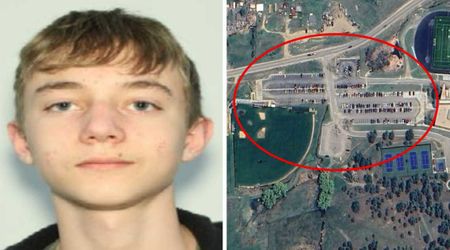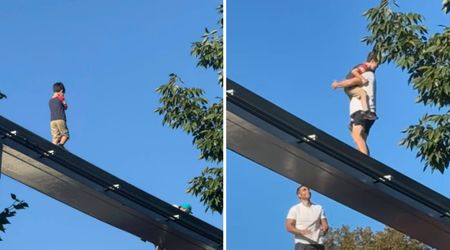Inspector signed off on Camp Mystic disaster plan just 2 days before flood killed 27 girls and counselors

HUNT, TEXAS: Just two days before catastrophic flash floods tore through Camp Mystic, killing at least 27 girls and counselors, a state inspector had approved the camp’s operations and confirmed the presence of an emergency plan, one that may never have been executed or proven effective.
The all-girls Christian camp, founded in 1926 along the Guadalupe River, now stands at the center of scrutiny as questions mount over preparedness, responsibility, and what exactly was in the disaster response plan signed off by state officials just 48 hours before the deadliest flooding Texas has seen in more than a century.
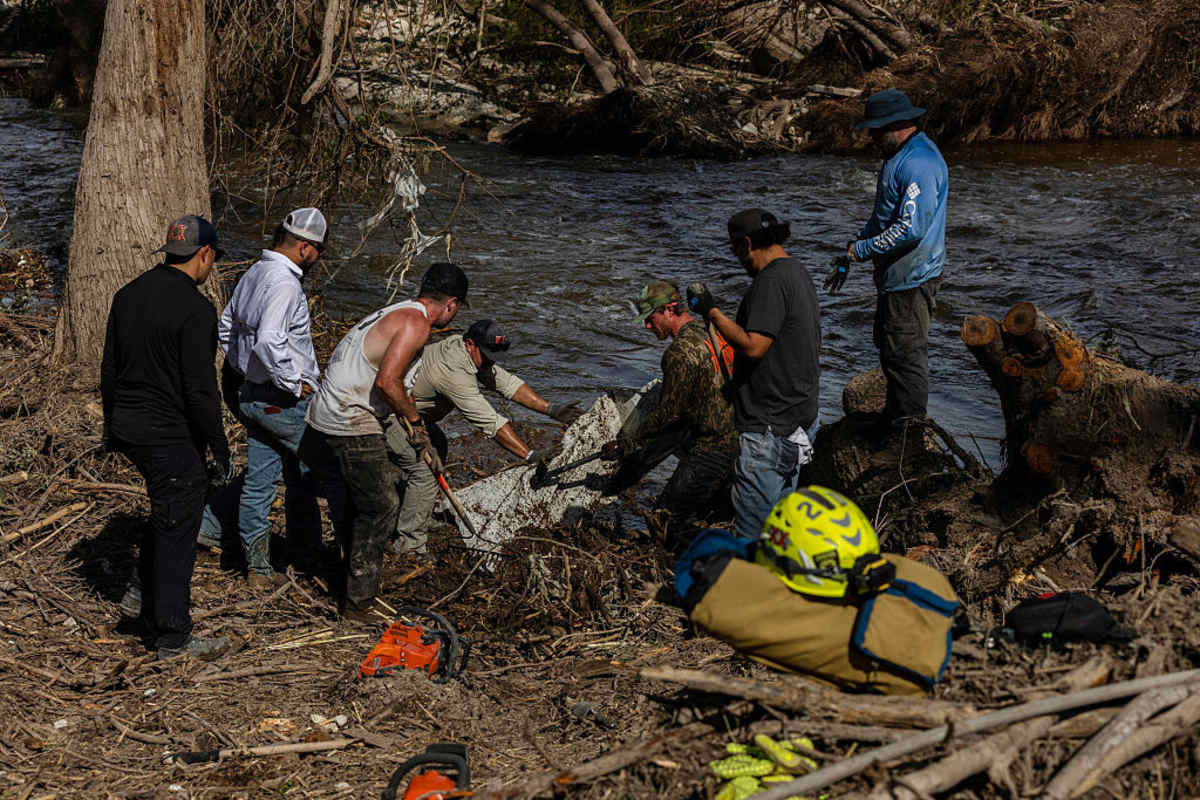
Camp Mystic had state-approved disaster plan but flooding exposed gaps
On Wednesday, July 2, a Texas Department of State Health Services (DSHS) inspector reviewed Camp Mystic and confirmed it had a written plan to respond to natural disasters.
The report noted that staff and volunteers were briefed on the procedures during training and that copies of the plan were posted in all buildings, as required by law. However, what those plans actually contained remains unclear. DSHS does not retain or evaluate the specifics of such emergency protocols.
“Camps are responsible for developing their own emergency plan,” DSHS spokesperson Lara Anton said to PEOPLE. “DSHS does not approve (or sign off on) the plans or evaluate the plans for effectiveness.”
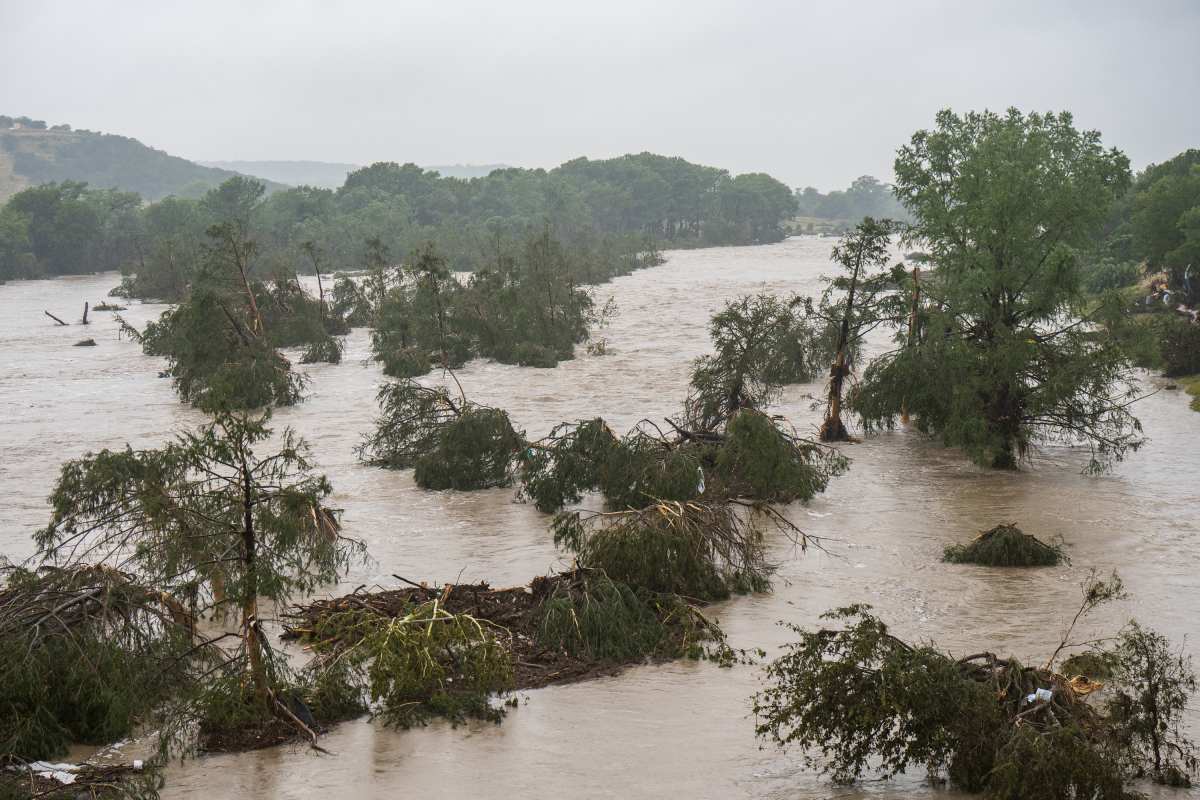
The flooding began in the early hours of July 4, when the Guadalupe River rose over 20 feet in a single hour before cresting at over 34 feet, up from just one foot days earlier. Water rushed through the camp, sweeping away cabins, trailers, and tents.
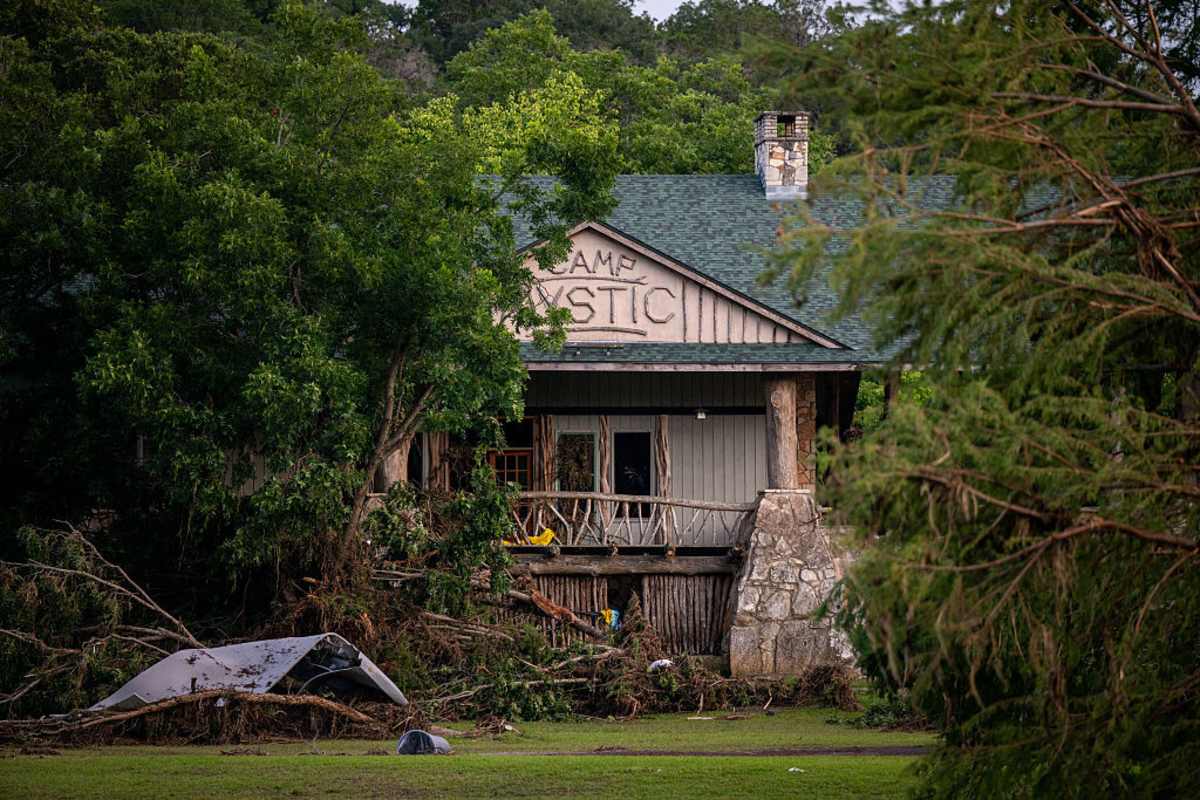
Images captured stuffed animals, trunks, and girls’ belongings scattered across the floodplain, grim evidence of how quickly disaster struck.
Online reactions to Texas flood tragedy expose political divide over blame and preparedness
Online reaction to the Camp Mystic tragedy has been swift and polarized, with users weighing in on the effectiveness of emergency plans and whether blame should fall on government officials or the freak nature of the disaster itself.
Some defended the camp and local authorities, citing the extraordinary speed and force of the flooding. One user on X wrote, “You can plan all you want, but when water rises 26 feet in 45 minutes in the middle of the night in a remote area with minimal warning, there’s unfortunately not an emergency plan on earth that would have saved those poor people.”
You can plan all you want, but when water rises 26 feet in 45 minutes in the middle of the night in a remote area with minimal warning, there’s unfortunately not an emergency plan on earth that would have saved those poor people.
— Crowd chanting “Rory” (@gdsaly) July 9, 2025
Another added, “This flooding happened so fast in the middle of the night. Stop blaming Trump or others for such a freakish event.”
This flooding happened so fast in the middle of the night.
— BillyBob1972 🇺🇸 (@BillyRickiBob) July 9, 2025
Stop blaming Trump or others for such a freakish event.
Others focused on perceived political bias or misdirected criticism. “It was bad enough when the left thought we controlled the sun,” one user posted.
“But it's even more ridiculous to try to blame human error on a natural disaster that blindsided the locals. At least they're not skipping houses based on people's political leaning like Biden's FEMA in Florida last year. So that’s improvement nonetheless.”
It was bad enough when the left thought we controlled the sun, but it's even more ridiculous to try to blame human error on a natural disaster that blindsided the locals.
— Team Deplorables ⚔️🇺🇸 (@TeamDeplorablez) July 9, 2025
At least they're not skipping houses based on people's political leaning like Biden's FEMA in Florida last…
"Texass is ALWAYS a day late and a bunch of dollars short!," a user wrote.
Still, some emphasized the importance of preparedness over politics. “The true test of a well-crafted emergency plan is how it holds up when disaster strikes,” one user noted.
"The true test of a well-crafted emergency plan is how it holds up when disaster strikes."
— AIMEME (@AI69ME) July 9, 2025
Critics, however, did not hold back. “Texas. Big hats. Small brains. Led by a corrupt Republican regime for decades,”one blunt comment read.
Texas. Big hats. Small brains.
— B mac (@mcpherson_k) July 9, 2025
Led by a corrupt republican regime for decades.
The discourse highlights the deep divisions not just over who bears responsibility, but over how communities, and governments, should prepare for increasingly severe climate events.
Deadly camp flood sparks questions about warnings, preparedness, and climate risks
Local and state officials have avoided directly addressing what warnings were issued ahead of the flooding or what actions were taken at the camp. While the camp’s disaster plan reportedly existed, it’s unclear if it was activated or effective. The camp is not accredited by the American Camp Association, which encourages natural disaster training for both campers and staff.
The deadly flooding has reignited concerns about summer camps built along the vulnerable Guadalupe River. The region’s geology, thin soil, steep hills, and limestone, makes it especially prone to flash floods. In 1987, ten young people died fleeing a Kerr County camp flood.
The National Oceanic and Atmospheric Administration has begun re-evaluating flood forecasting models amid concerns that climate change is increasing the risk of extreme weather.
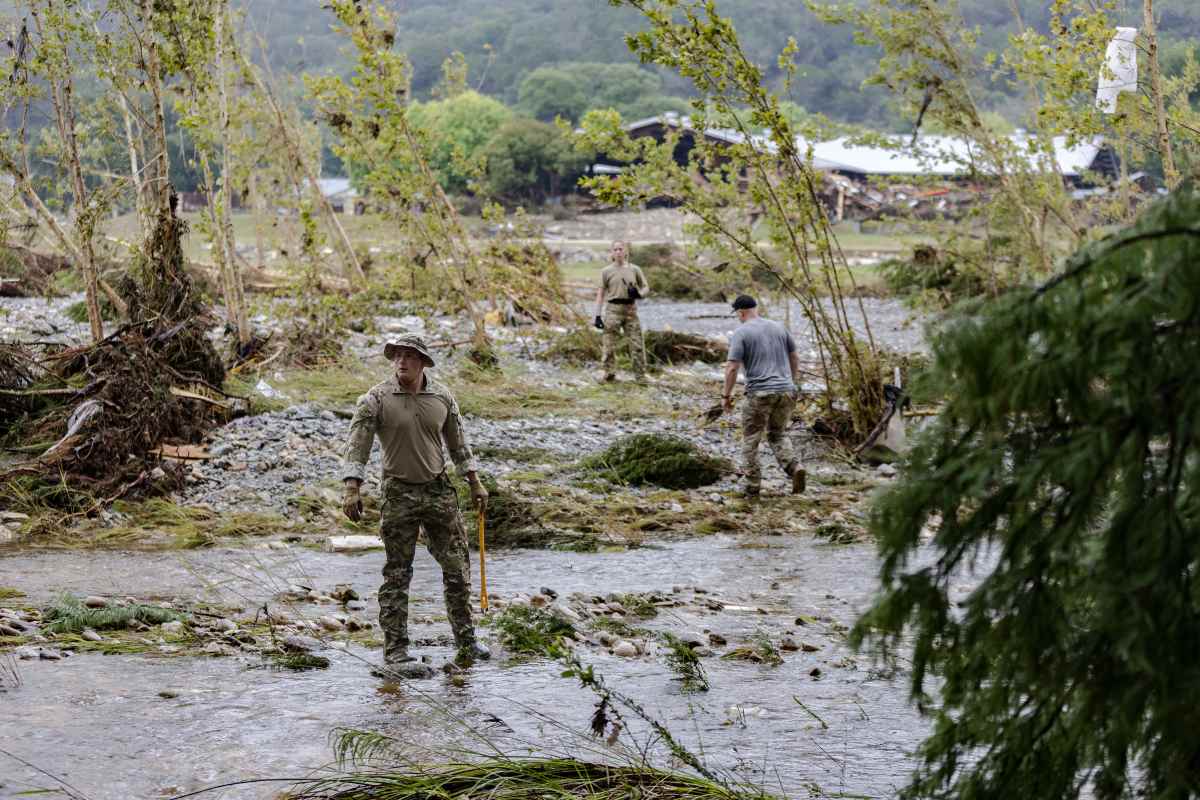
Texas has proposed $54 billion in flood-mitigation efforts, including in the Guadalupe region, though only a fraction has been funded.
As families grieve and rescue efforts continue, focus is shifting from the victims to questions of whether the tragedy could have been avoided.
This article contains remarks made on the Internet by individual people and organizations. MEAWW cannot confirm them independently and does not support claims or opinions being made online

